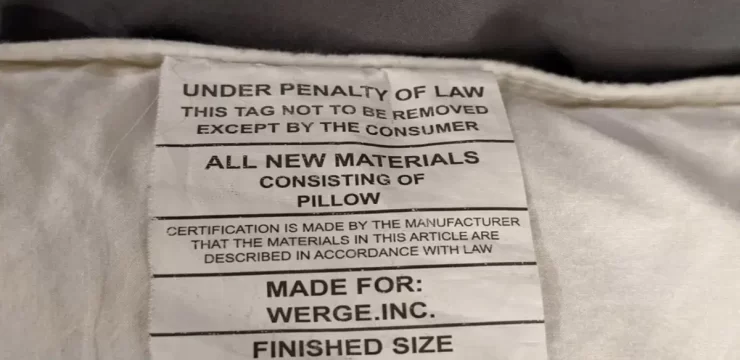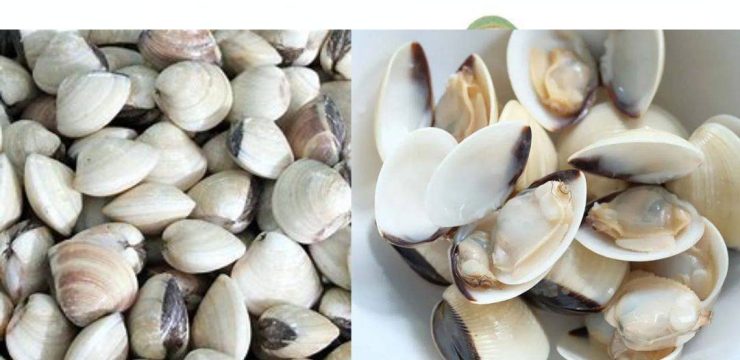When summer arrives with its warm sunshine and longer days, it often brings a few unwelcome guests along for the ride—houseflies, mosquitoes, and those tiny, buzzing annoyances known as gnats. If you have indoor plants, you might have noticed little black flies circling around the soil.

These pests are called fungus gnats, and they’re drawn to the moisture and organic material in potting soil, especially when it’s combined with dead leaves or decomposing plant matter. While they might seem harmless, these gnats can multiply quickly and become a real nuisance in your home. Learning how to get rid of gnats is key to keeping your living space clean and comfortable. Fortunately, there are several effective and easy solutions you can use, most of which rely on natural ingredients and preventative steps—similar to how you might approach keeping ticks out of your home and yard.
Even though gnats don’t usually bite, they’re still irritating. Aside from being attracted to indoor plants, they’re also drawn to food residue in sinks, overripe fruit left on countertops, and the area around trash cans. Their presence alone is enough to make you feel like your home isn’t as fresh and tidy as you’d like. One simple solution is using food-grade diatomaceous earth. This powder, made from fossilized algae, can be sprinkled on the top layer of your plant’s soil. It’s deadly to gnats because it dries out their exoskeletons, effectively killing them. Just be sure to keep it dry, since it only works when it’s in powder form.
Another helpful tool is sticky gnat strips. They might not be pretty, but they’re super effective. Hang them from the stems or branches of your houseplants and let them trap the gnats as they fly by. Be careful when handling the strips—they’re extremely sticky and will attach to just about anything. If you’ve got kids or pets, make sure these traps are placed somewhere safe and out of reach. Overwatering is one of the biggest contributors to a gnat problem.
When the soil stays wet all the time, it creates the perfect breeding ground for fungus, bacteria, and, unfortunately, gnats. Allowing your soil to dry out between waterings not only keeps your plant healthy but also makes it far less attractive to pests. Consistent and proper plant care is one of the best ways to keep gnats under control. Along with watering properly, make it a habit to prune your plants regularly. Dead or dying leaves become a magnet for fungus gnats, as they feed on decaying matter. By removing old leaves and keeping the plant clean, you reduce their favorite food source.
It’s an easy habit that helps your plant thrive while also preventing an insect invasion. If you’re looking for a quick and inexpensive fix, try making a DIY gnat trap using common kitchen items. Take a shallow dish, pour in some apple cider vinegar, and add a few drops of dish soap. Cover it with plastic wrap and poke a few small holes in the top. The gnats will be attracted by the vinegar’s smell, but once they go in, the dish soap breaks the surface tension of the liquid, and they can’t escape. It’s shockingly effective and super satisfying to see how many you can catch in just a day or two.
Lastly, don’t forget about general cleanliness. Since gnats are also attracted to things like sink drains, garbage disposals, and trash bins, it’s a good idea to clean these areas often. A mix of water and bleach or a natural disinfectant will do the trick and keep these hotspots from becoming gnat hangouts. By combining these easy strategies—drying out your soil, pruning plants, using traps, and keeping things clean—you can tackle a gnat infestation head-on and stop it before it spreads. If gnats have taken up residence in your house, don’t panic. These tips are straightforward, affordable, and, most importantly, they work. With a little effort and consistency, you can say goodbye to those annoying little bugs and enjoy a more peaceful, gnat-free home.





